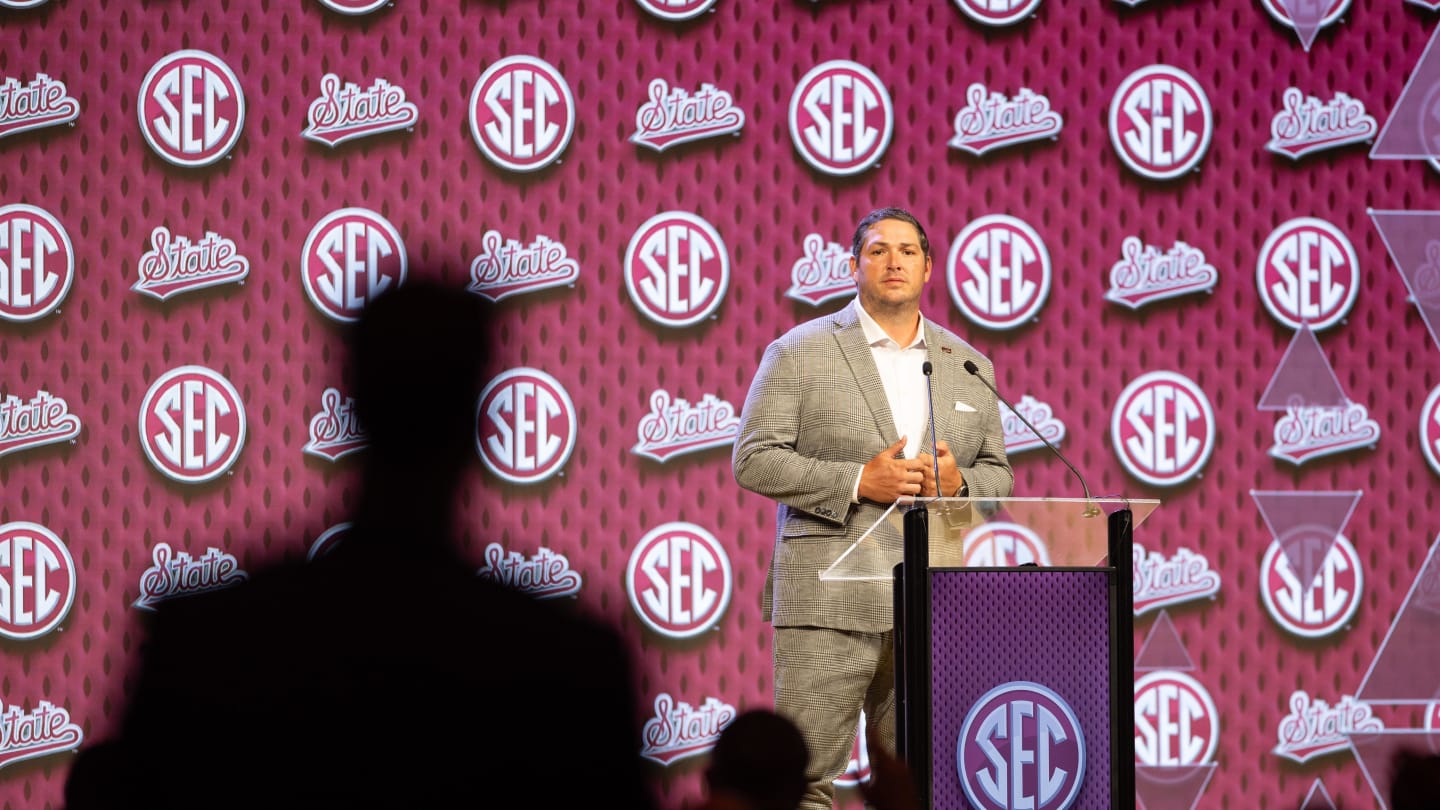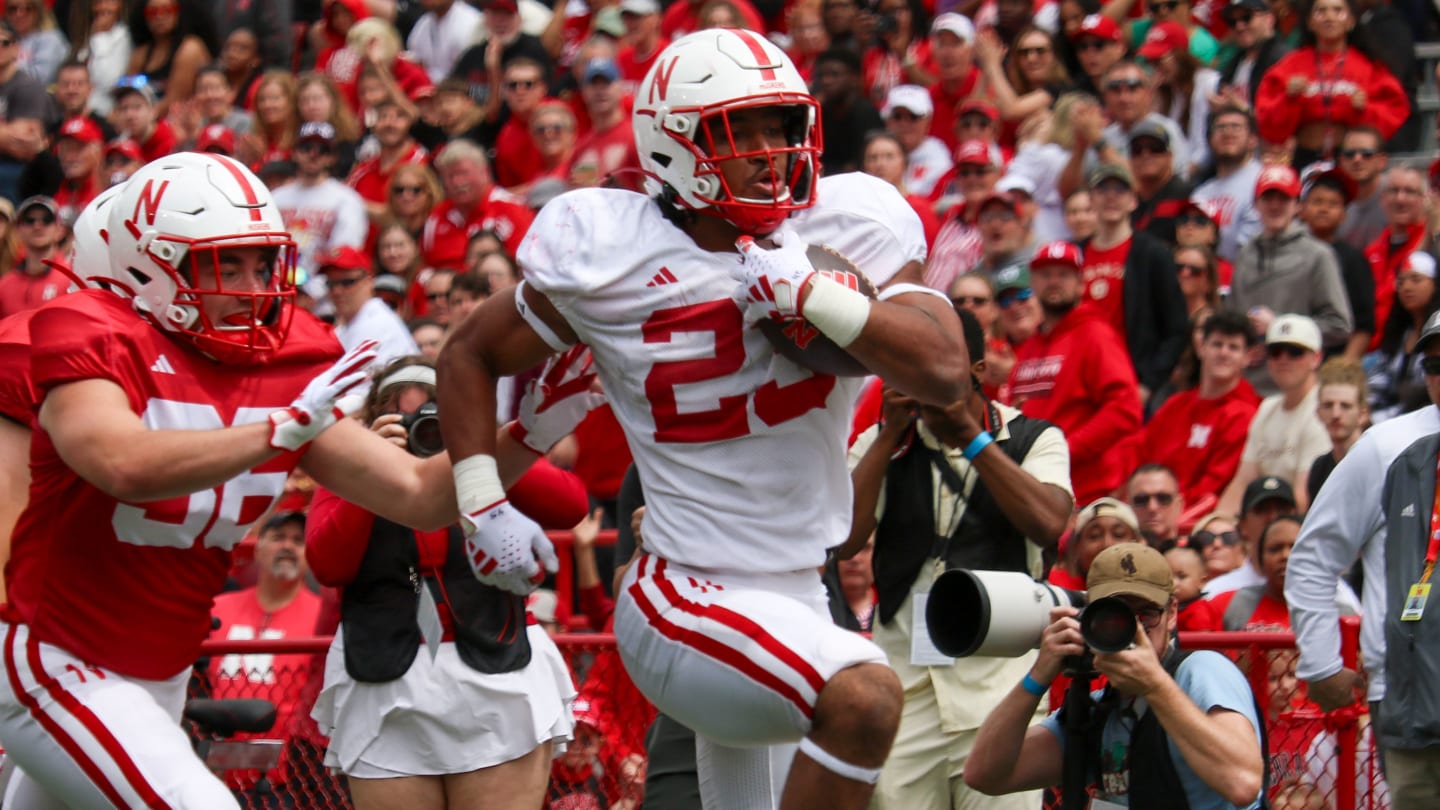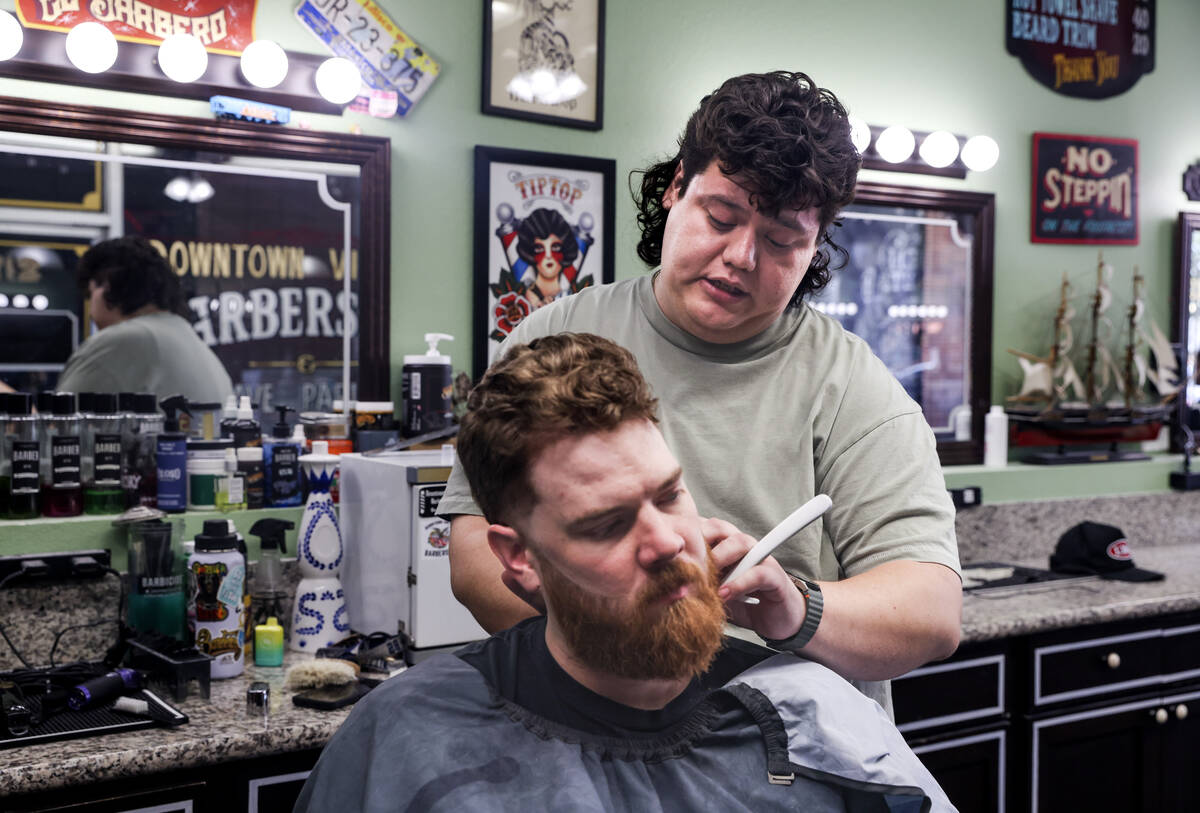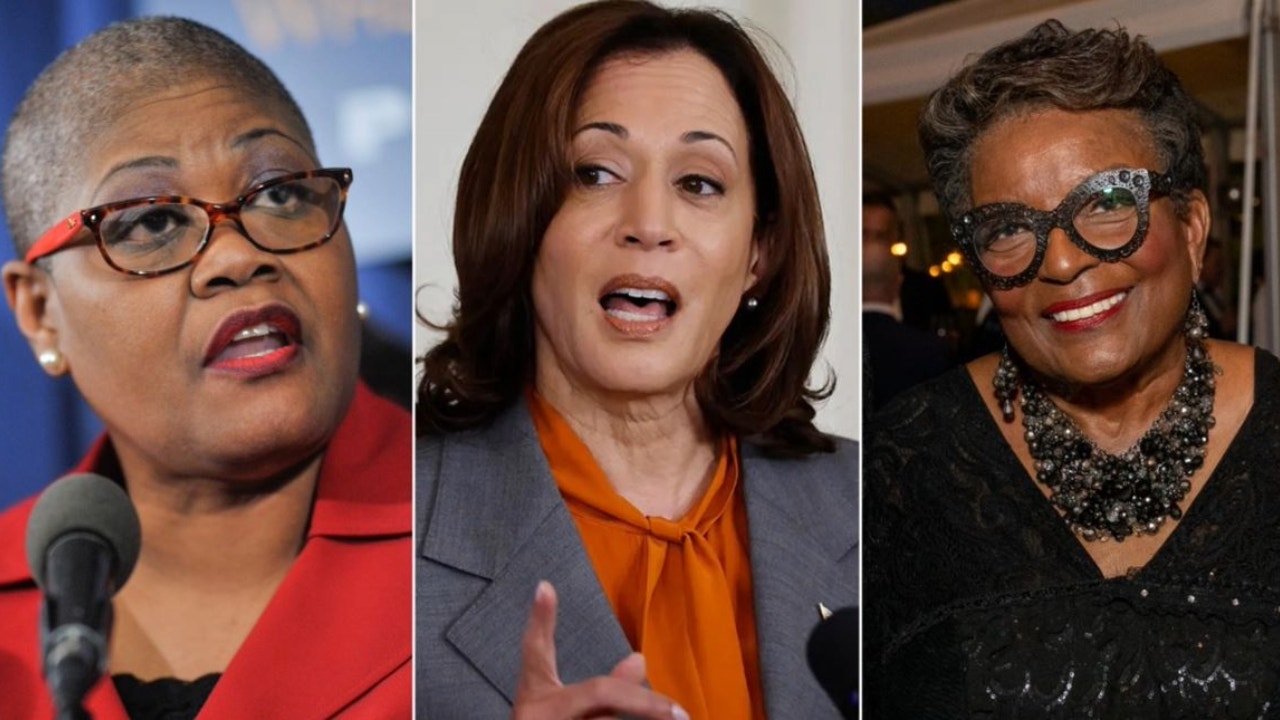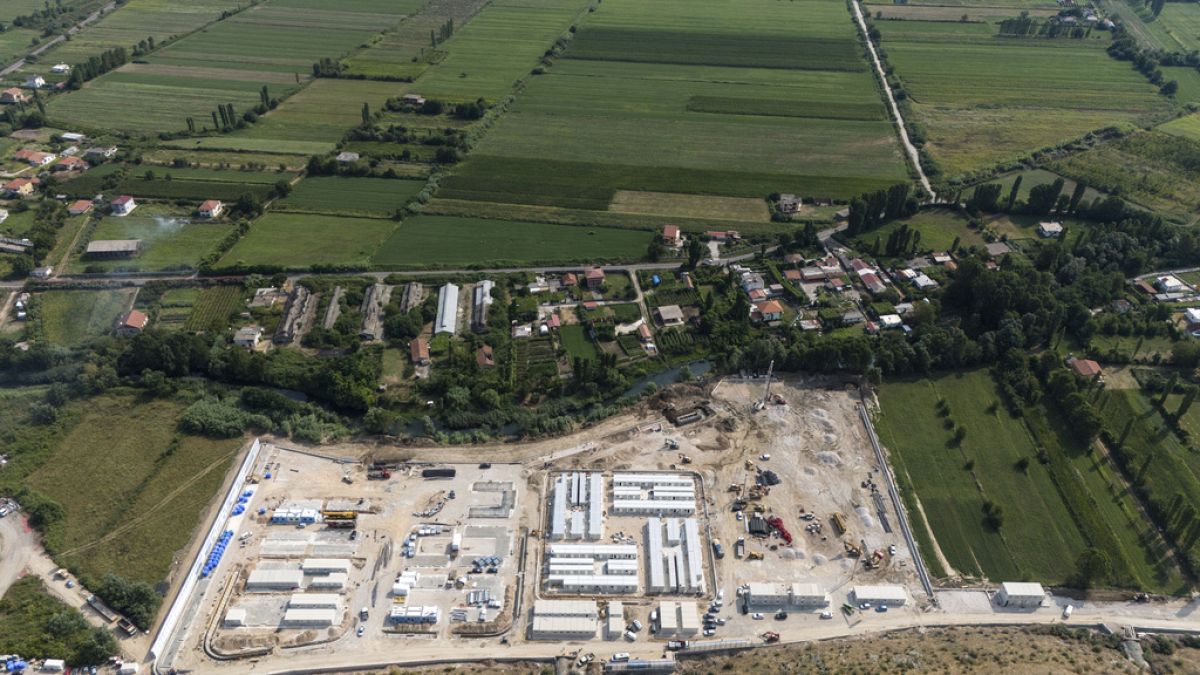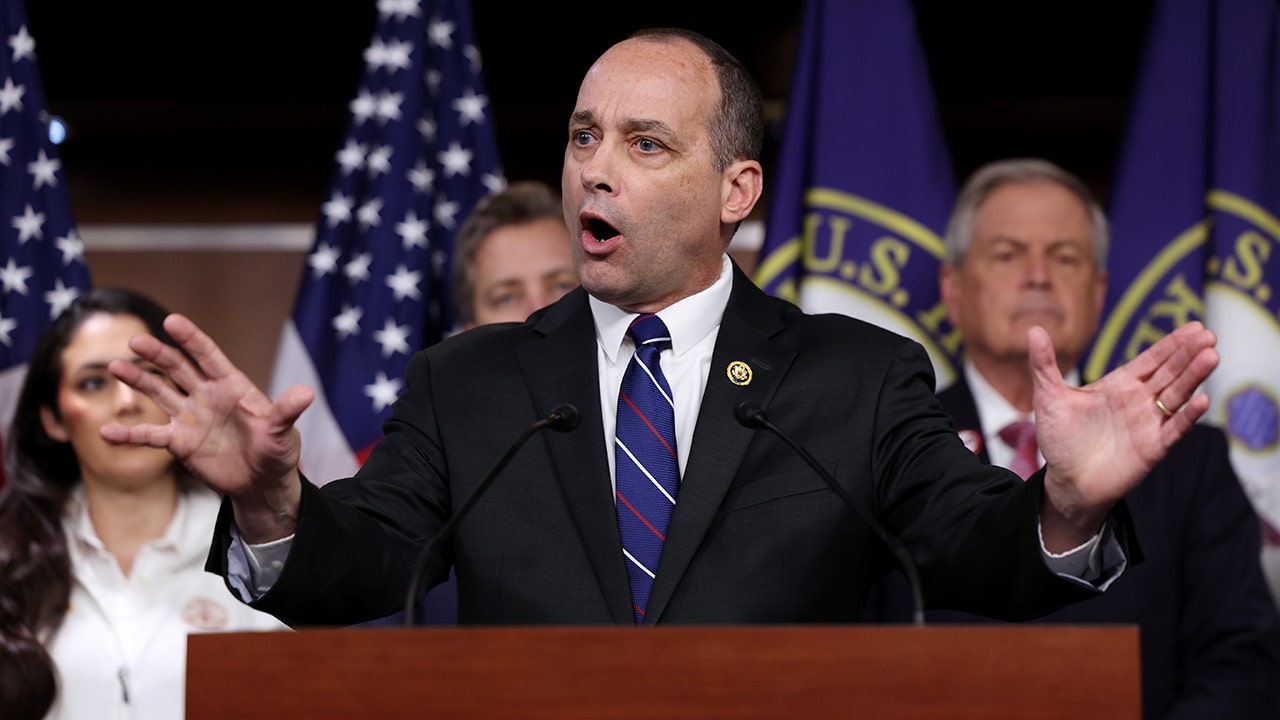Lifestyle
Tori Spelling Tells William Shatner She May Have to Join “OnlyFans”

misSPELLING
Tori Spelling says she’s planning to jump on the OnlyFans bandwagon so she can afford to send her 5 kids to college.
The “Beverly Hills, 90120” actress sat down with William Shatner on Wednesday’s episode of her “misSPELLING” podcast — and the two started discussing how expensive universities are these days. That prompted Tori to bring up joining OnlyFans.
Tori bluntly told Shatner she’s considering taking the OnlyFans route so her children can go on to higher education. As you know, Tori shares 5 kids with her ex Dean McDermott: Liam, 17, Stella, 16, Hattie, 12, Finn, 11, and Beau, 7.
Shatner seemed confused, replying that he didn’t know what OnlyFans was.
Tori gave the “Star Trek” legend a brief tutorial, explaining it was once only a service catering to women “along the lines” of sex workers.
Shatner cut her off to clarify that the women were actually full-blown sex workers looking to put out — and Tori acknowledged that fact.
Then Tori pivoted, saying the service was also being used by entertainers — such as actors and comedians — to make a living by creating paid subscription videos for their fans.
Shatner still seemed baffled, asking how it all worked. Tori said OnlyFans creators could wear something revealing like a bikini in their videos and their fans could pay in advance an additional fee for them to show their breasts.
Waiting for your permission to load the Instagram Media.
Shatner fired back, “Everything showing?” Tori responded, “If you want, if you choose.”
Sounds like William is already a big fan!

Lifestyle
On the centennial of his birth, James Baldwin remains relevant today

The author James Baldwin would have turned 100 on Aug, 2.
Evening Standard/Getty Images/Hulton Archive
hide caption
toggle caption
Evening Standard/Getty Images/Hulton Archive
James Baldwin would have celebrated his 100th birthday Friday — on Aug. 2. On NPR and elsewhere, you can find deep examinations of his legacy – as everything from an orator, a fashion icon, to civil rights activist. But he was, of course, a writer first and foremost.
So, we thought: Why not spend a moment breaking down a few of his sentences to figure out what made his writing so affecting, so indelible, so good that it’s still worth reading today?
We’ve chosen a few lines from two of his most well-known books — his essay collection The Fire Next Time and his novel Go Tell It on the Mountain. In many ways, these books are in conversation with each other. The opening essay to The Fire Next Time is Baldwin’s letter to his 14-year-old nephew describing the faulty institutions that make up his life — his family, his faith, and his country. And the second essay opens like this: “I underwent, during the summer that I became fourteen, a prolonged religious crisis.” In Go Tell it on the Mountain, Baldwin writes a bit of fiction drawn from his own life, about a 14-year-old boy who is finding out those very same faults, as well as figuring out his own sexuality. And it opens on a very similar day of crisis.
For each book, we’ve enlisted the help of an expert to talk about what they find interesting about Baldwin’s writing style, and what legacy each work leaves. The interviews, which follow below, have been edited for length and clarity.
The Fire Next Time
The two essays in The Fire Next Time were published in the 1960s. But they still sounded new in the early 2000s when Jesmyn Ward first read them. Ward is the author of a number of books including Sing, Unburied Sing and her memoir The Men We Reaped. We called her up for this book in particular because she edited a 2016 collection of political essays and poetry titled The Fire This Time, as a nod to Baldwin. “I wanted to let him know, wherever he may be, that there are those of us who look up to him and who are attempting to do the same work that he did with the same honesty and same fearlessness” said Ward. The first essay, titled “My Dungeon Shook: Letter to my Nephew on the One Hundredth Anniversary of the Emancipation,” starts like this:

Penguin Random House/Penguin Random House
Dear James:
I have begun this letter five times and torn it up five times. I keep seeing your face, which is also the face of your father and my brother. Like him, you are tough, dark, vulnerable, moody – with a very definite tendency to sound truculent because you want no one to think you are soft.
What tone is he setting here?
JW: That first sentence in the first sentence – “I’ve begun this letter five times and turn it up five times.” Right there, he’s signaling to his nephew, we’re about to talk about something that’s very difficult. But softens that with the next line, “I keep seeing your face.” Following up with such a careful, close sort of observation about his nephew’s characteristics in the way that they sort of echo his father and his grandfather. That’s love, right? Because I love you enough to see you clearly.
You were born where you were born and face the future that you faced because you were black and for no other reason. The limits of your ambition were, thus, expected to be set forever. You were born into a society which spelled out with brutal clarity, and in as many ways as possible, that you were a worthless human being.
This is another example of his straightforward honesty with his nephew. But what did you make of it?
JW: It’s all still true. That’s one of the things that is so genius about specifically this letter. There are these moments in the texts where he doesn’t use his nephew’s name and he just uses you. And in those moments, especially in moments like this, when he is so straightforward about what he sees in America. And where he is so straightforward about how the world has been constructed to jail, or to confine in some ways. And it feels like he’s speaking to me. It feels like this wise, older wise person is sitting with me and they’re telling me something about my life and about the circumstances of my life that I dimly understood, but was not able to articulate.
This entire country has been constructed in a way that it is very easy to be terrified and bewildered and to sink into despair and hatred. And so I think that often when we return to Baldwin, what we want is we want someone to acknowledge our emotions. But then also just to say at the same time, you feel this way because this place has been constructed in this way and it is all predicated on this false understanding of your not being human. And in this section, he just makes room for your emotions. For you to feel what you feel. But then also gives you something of a gift that you can take out into the outside world and use it to help you navigate this really difficult reality.
In the next essay, titled “Down at the Cross: Letter from a Region in My Mind,” he goes to interview Elijah Muhammad, the head of the Nation of Islam, and has this dinner. And it’s rare to read something where Baldwin is not the big dog in the room. What do you make of James Baldwin the reporter being packaged inside Baldwin the essayist?
JW: I felt for Baldwin at that moment. There are so many levels of awareness that he’s sort of struggling with. He’s not the most important person in the room and in the minds of the people around him. He’s not the most erudite person in the room. And he’s also aware of the fact that the Honorable Elijah Muhammad is courting him. [Muhammad] wants [Baldwin] to buy into his philosophy. And Baldwin is aware of the fact that he can’t.
A couple of times throughout the essay he talks about the fact that, after this dinner, he’s going to meet up with some white friends and he’s going to have drinks. And these are people who he cares about and who he loves and who are part of his social circle. And who he can’t just relegate to the category of white devil. It’s very interesting to me how Baldwin is juggling all these different awarenesses and how, at the same time, there are things about the Black Muslims philosophy that he understands.
And I looked around the table. I certainly had no evidence to give them that would outweigh Elijah’s authority or the evidence o f their own lives or the reality of the streets outside.
He’s a writer. So he sees the human. He observes the human. He understands. He’s able to look at each of these people that he’s interacting with and he’s able to understand something of what they are struggling with and something of what they brought to this moment. All of that is what makes him the great writer who he is.
Go Tell It on the Mountain
When it comes to Baldwin’s fiction work, there are plenty of books worthy of examination. But there’s something special about Go Tell It on the Mountain. “He describes this as the book he had to write if he was ever going to write anything else,” says McKinley Melton, associate professor and chair of Africana studies at Rhodes College. “I often think of it as a revisitation of his childhood with a narrative perspective that knows and understands all of the things a young Baldwin wishes he had known and understood when he was 14.”
The novel follows a boy named John undergoing that same crisis of faith Baldwin described in The Fire Next Time. But he opens it a little differently in fiction.
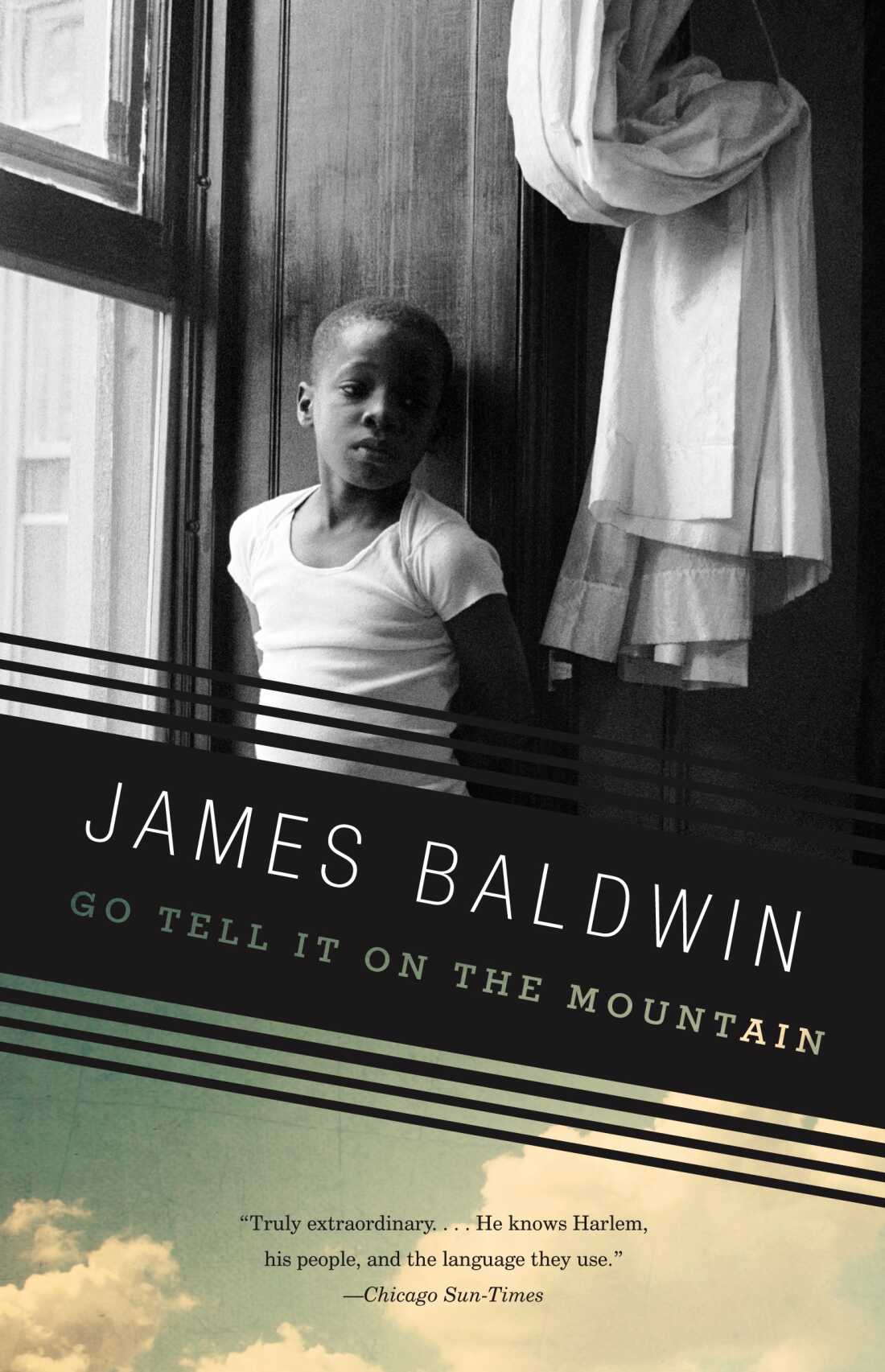
Penguin Random House/Penguin Random House
Everyone had always said that John would be a preacher when he grew up, just like his father. It had been said so often that John, without ever thinking about it, had come to believe it himself. Not until the morning of his fourteenth birthday did he really begin to think about it, and by then it was already too late.
That last clause kind of reads like a horror story.
MM: There’s something deeply ominous about the way that that opening paragraph closes. You open with this idea of, oh, this is just an introduction to a young man who’s stepping into a role that the father has laid out. You come into it feeling kind of hopeful and optimistic and, oh, what a beautiful thing that everybody’s envisioning this future for this young man. And we think about everything that it means when people say, oh, that kid’s going to be a preacher. We see him as an orator, we see him as an intellectual, we’ll see him as charming, we see him as engaging. We see a leader when we look at this kid. And so there’s something very optimistic about that opening that then turns by the end of the novel into. But that was actually the source of his doom.
I want to jump ahead a few pages. There’s this guy named Elijah. He’s a couple years older, and he teaches Sunday school.
John stared at Elisha all during the lesson, admiring the timbre of Elisha’s voice, much deeper and manlier than his own, admiring the leanness, and grace, and strength, and darkness of Elisha in his Sunday suit, wondering if he would ever be holy as Elisha was holy.
MM: This is another sentence that I often will pause with students to kind of think about and say, what’s going on here? And then they just say, “Oh, my God, he has a crush.” Yeah, he has a crush. Absolutely. But then we look at it and, I look at this passage and, because of all of the ways that the different clauses bounce off of one another throughout the sentence, you’re kind of leaving this saying, well, does John have the hots for Elisha? Because John is learning that he’s probably gay. Or is John admiring Elisha because he is all of the things that John has been told he’s supposed to be in terms of this kind of striving toward being a preacher when he grows up and the kind of idea of being saved in the idea of being holy, in the idea of looking good in a Sunday suit.
The middle chunk of the book goes into the lives of his aunt, his mother, and his step father. And I want to focus on his step father, Gabriel. And if you grew up in the church you know that the people who are sinners and then find God are often the most vociferously faithful. And Gabriel definitely fits that mold. There’s a bit where he has an affair with a woman named Esther, and he gets Esther pregnant.
Near the end of that summer he went out again into the field. He could not stand his home, his job, the town itself – he could not endure, day in, day out, facing the scenes and the people he had known all his life. They seemed suddenly to mock him, to stand in judgement on him; he saw guilt in everybody’s eyes.
John is scared of hell and eternal damnation. Gabriel seems more scared of other people, and very earthly judgements, right?
MM: I often think about the unfolding of this novel. We start with John in this moment of chaos and a lack of understanding. And then the novel takes us back through each of these characters who we come to understand better. We come to understand John better. He’s struggling with sin in a space that feels deeply private, deeply unspoken. Gabriel is differently positioned because he’s already in that position of prominence. He’s standing at the pulpit. He’s you know, they’re both afraid of judgment. Right. But John is afraid of revelation. And Gabriel fears that everybody already knows. Gabriel is afraid of the judgment that comes based on the fact that, like, oh, they already know who I’ve always been.
But ultimately, both of them are struggling with this sense of judgment and condemnation and the fear of being, quote unquote, discovered for being less than the holy men that they have aspired to be. But I think what Baldwin is saying is: I’m not just critiquing the church, or the Black church, or the fundamentalist church. I’m asking us to think about what damage does it do to us when we are so deeply, deeply wedded to certain beliefs that don’t allow us the fullness of our humanity? And if you’re going to be sympathetic for John, you have to figure out a way to be sympathetic for Gabriel, even if his actions don’t invite sympathy in the same way.
Lifestyle
Brittany Howard on Prince, breakup songs and giving 'everything and leaving nothing'

“No matter what, there’s one thing you can’t deny … that I am giving it everything and leaving nothing,” Brittany Howard says.
Bobbi Rich/Island Records
hide caption
toggle caption
Bobbi Rich/Island Records
From the time she was a kid, former Alabama Shakes frontperson Brittany Howard knew she wanted to be in a band. She remembers seeing some kids from the local high school performing, and it was like a door opened in her mind: “I said, ‘That’s what I want to do.’ “

Today, Howard is a Grammy Award-winning singer, songwriter, guitarist and producer. But at the time, she was a poor, biracial kid in a small Alabama town. When she began seeking out musicians to play with, she was told repeatedly that she didn’t look like a lead singer.

“It made me sing harder and sing louder and perform just as hard as I could perform,” she says of the rejections. “Because no matter what, there’s one thing you can’t deny … that I am giving it everything and leaving nothing.”
Howard’s new solo album is What Now. She talks with Terry Gross about the album, growing up in a haunted house and playing with Prince at his Paisley Park. Click the audio link above to hear the full interview.
Therese Madden and Susan Nyakundi produced and edited this interview for broadcast. Bridget Bentz and Molly Seavy-Nesper adapted it for the web.
Lifestyle
12 great beaches in Southern California beloved by locals
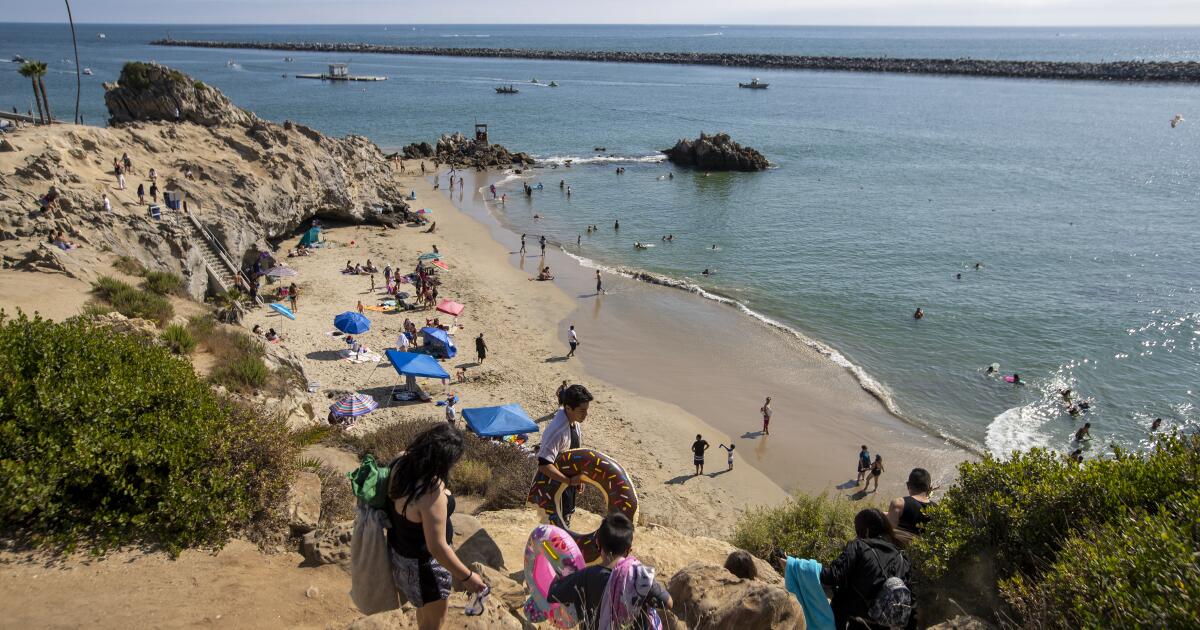
When readers shared their favorite Southern California beaches with us, the majority of their recommendations were for beaches that made our recent top 50 list. Picking the best beaches out of the roughly 200 in Southern California was an ambitious task, and it’s gratifying to be in alignment with so many beach lovers.
That said, locals recommended other treasured beaches too, some of which we considered but didn’t make the cut. Here you’ll find a sampling of those suggestions in alphabetical order. A few are harder to get to than ones we prioritized in our guide, which tends to highlight beaches with easy access and special amenities. Note: Some of these don’t get regular water quality tests, but you can check Heal the Bay’s online report card for updates.
Broad Beach
One reader said they like Broad Beach because it’s less crowded than other Malibu beaches.
(Brian van der Brug / Los Angeles Times)
Claire Weglarz of Hollywood put it simply: “Broad Beach is just a pretty beach with less people.” This Malibu spot doesn’t have amenities such as restrooms or a parking lot. Also, at high tide, there’s little to no sand to walk on. You enter through a staircase that’s between homes; this is one of those Malibu beaches that looks private but isn’t.
There are tide pools to the north near Lechuza Beach, which also didn’t make our list but did get a shoutout.
Capistrano Beach Park
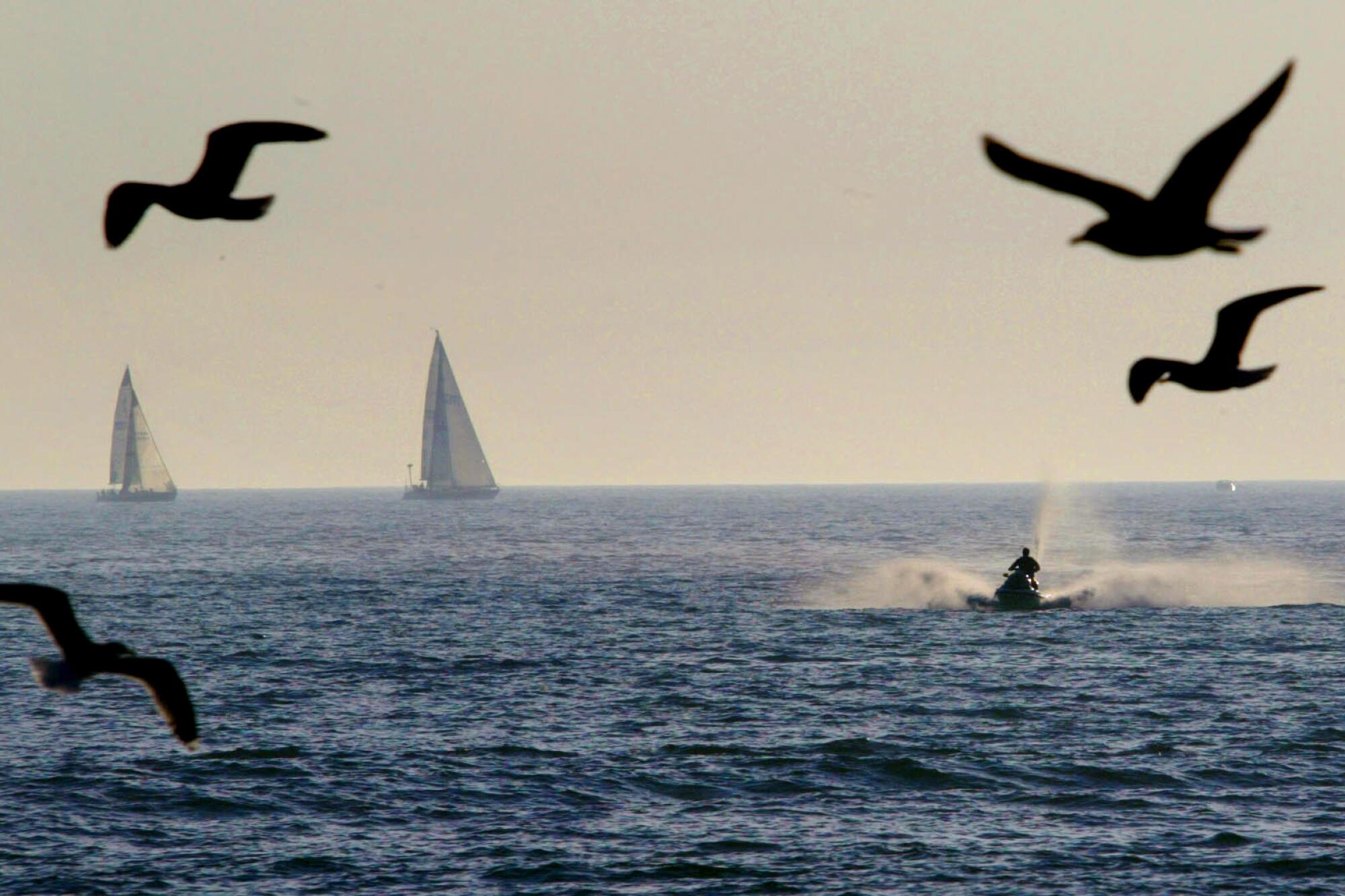
A jetski rider enjoys the ocean at Capistrano Beach Park.
(Karen Tapia-Andersen / Los Angeles Times)
Leslie McGee of Los Angeles suggested Capistrano Beach Park in Dana Point because it’s “not too crowded and [is] family-friendly.” There’s easy access to this beach from the parking lot, and fishing is permitted, according to the Orange County Parks Department. In July, 20,000 cubic yards of sand were added along the north end.
El Pescador State Beach

El Pescador State Beach is a pocket beach near others including El Matador State Beach, which did make our top 50 list.
(Kailyn Brown / Los Angeles Times)
Jonathan Palmer of Los Angeles said he likes secluded El Pescador State Beach because of its “quiet, natural beauty.” This pocket beach is near El Matador State Beach, which did make our list. El Pescador is often less crowded than El Matador, which is a popular spot for photo shoots.
Hermosa Beach

Alex Filipchik of Redondo Beach pushes his daughter, Veronica, down a hill of sand on Dec. 25, 2022.
(Gary Coronado / Los Angeles Times)
Several readers gushed about Hermosa Beach. Volleyball and surfing are popular here.
Clarke Mallery of Hermosa Beach said it’s a wide, sandy beach that’s clean, charming and casual with “loads of dining and entertainment on Pier Plaza.” Mallery pointed out the nearby Lighthouse Cafe, a beloved jazz venue that was a filming location in “La La Land.” (It also made our guide to best jazz spots.) Shelby Forier, who grew up in Hermosa Beach, said: “I love this beach with my whole heart, and I’d love to share it with everyone!”
Hueneme Beach Park

Beachgoers enjoy Port Hueneme Beach Park on April 19, 2020.
(Jason Armond / Los Angeles Times)
Andrea Massion of Port Hueneme, a small beach town in Ventura County, recommended Hueneme Beach Park, which she described as “a quiet middle-class family beach with pier and a cafe.” The beach also has volleyball courts, barbecue pits, picnic tables and walking paths.
Lunada Bay
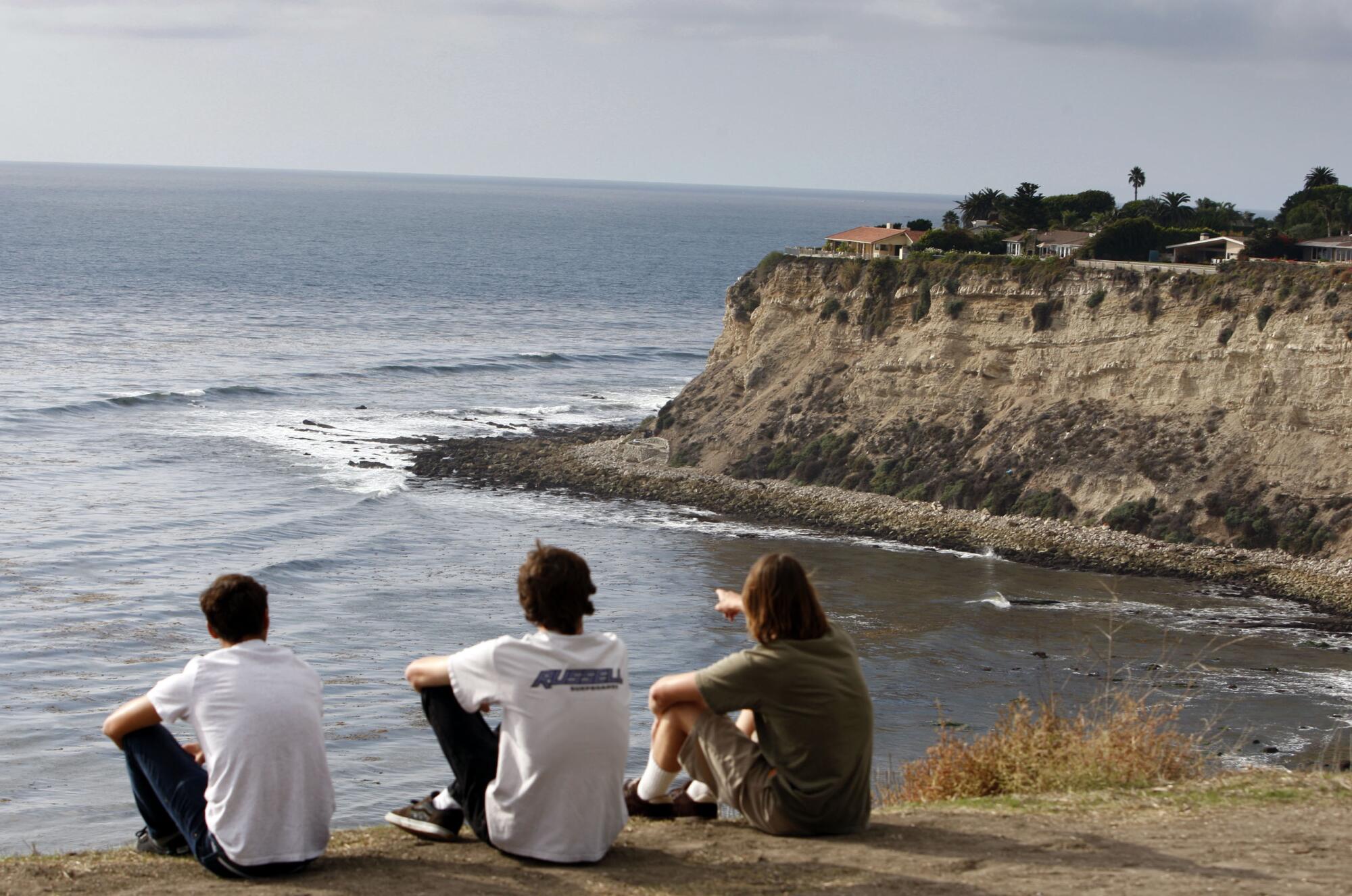
Several readers wrote in to praise Lunada Bay as an inviting surf spot, but the beach has been at the center of a lawsuit that claims a surf clique makes it a hostile space for outsiders.
(Allen J. Schaben / Los Angeles Times)
This Palos Verdes Estates beach kept popping up in my inbox. Multiple readers said they liked to surf at Lunada Bay, describing it as a pleasant, secluded beach.
But there is some sordid history here: The Lunada Bay Boys surf clique has harassed outsiders for decades by throwing rocks, cutting leashes and blocking beach access. In 2016, two surf-loving attorneys sued the city of Palos Verdes Estates and group members. Since then, more than a dozen individual defendants have settled — some agreeing to stay away from the beach for a year or more, others paying monetary settlements, the highest being $90,000. As of this writing, two defendants remain: an individual and the city of Palos Verdes Estates. (The city manager’s office didn’t respond to requests for comment as of publishing.)
A jury trial is slated to begin next week. One of the attorneys, Kurt Franklin, said Lunada Bay may be beautiful, but it isn’t always inviting to all. Just this winter, he received complaints of people being bullied, noting it’s worse during surf season, which is October through March.
Mandalay Beach

A sunset view at Mandalay Beach in Oxnard.
(Brallan Perez Favela)
Linda Gorman recommends all the beaches in her hometown of Oxnard, specifying Mandalay Beach and Silver Strand. She said they’re quiet and offer beautiful views of the Channel Islands.
Mandalay Beach, also known as Oxnard State Beach, has sherbet sunsets over its dunes. A 900-foot paved loop provides wheelchair access to the beach. Behind the dunes are a playground, bike, skating and jogging paths, and volleyball courts that are part of the similarly named Oxnard Beach Park, a.k.a. ’Olol’koy Beach Park. Locals who like to surf and kayak tend to hit Silver Strand.
Oceanside City Beach
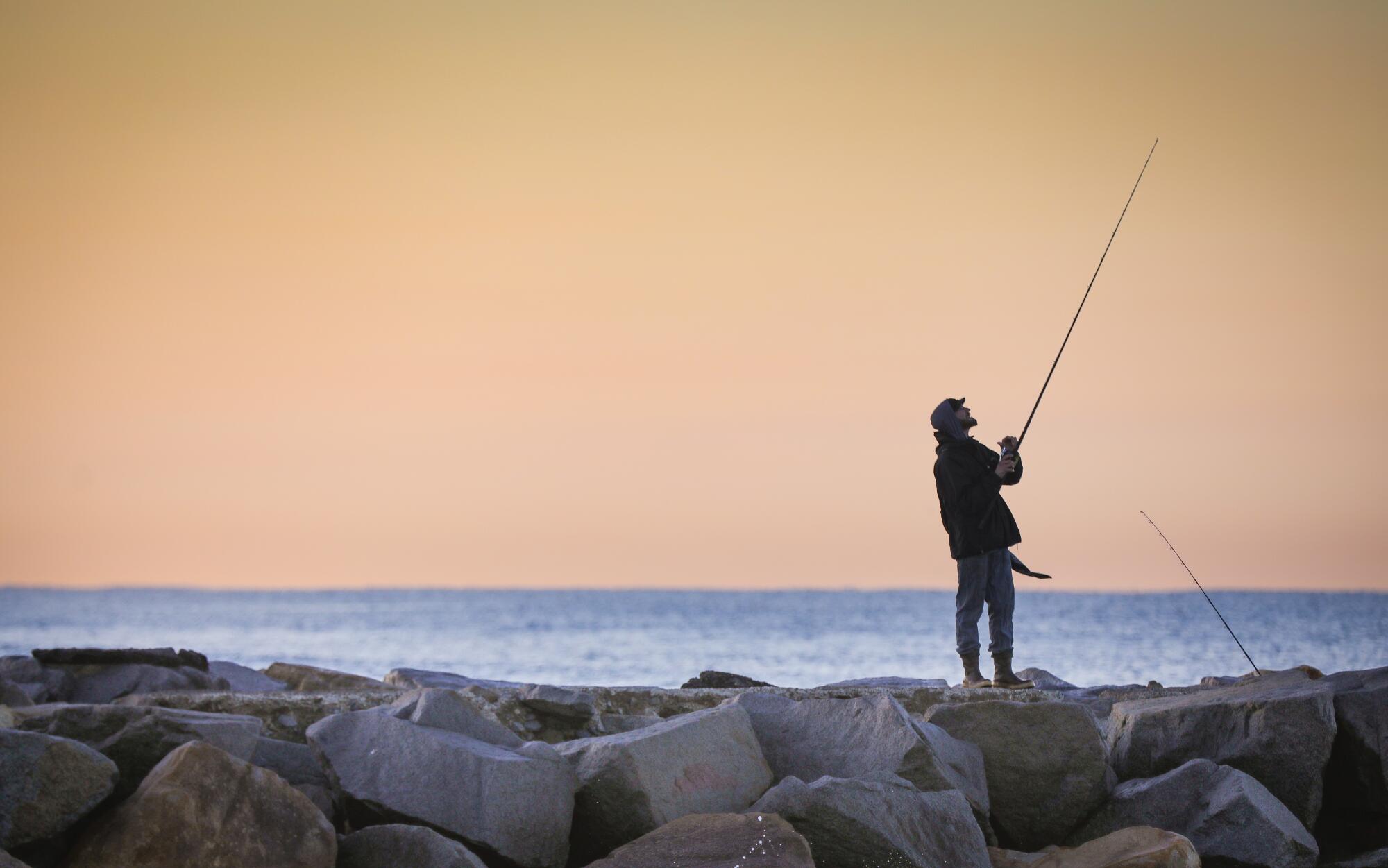
Christopher Vollrath of Oceanside, Calif., fishes early in the morning on Feb. 7, 2020, from the Oceanside south jetty near Oceanside Harbor Beach.
(Howard Lipin / The San Diego Union-Tribune)
Dawn Renee of Vista loves Oceanside City Beach because it has nice sidewalks along the strand, fire rings, beach wheelchairs and playground equipment. You’ll find people fishing and surfers in the water, she said.
“I thought perhaps we got left out due to our current wound, the pier fire remnants,” she said, noting that she enjoyed her first senior discount “while watching dolphins frolic from the windows at now-shuttered Ruby’s.”
Indeed, when we were researching our guide, we cut this beach from the short list because of the April fire that closed the pier. Some of it has reopened since, but a full reopening isn’t expected until 2027.
Pirate’s Cove Beach
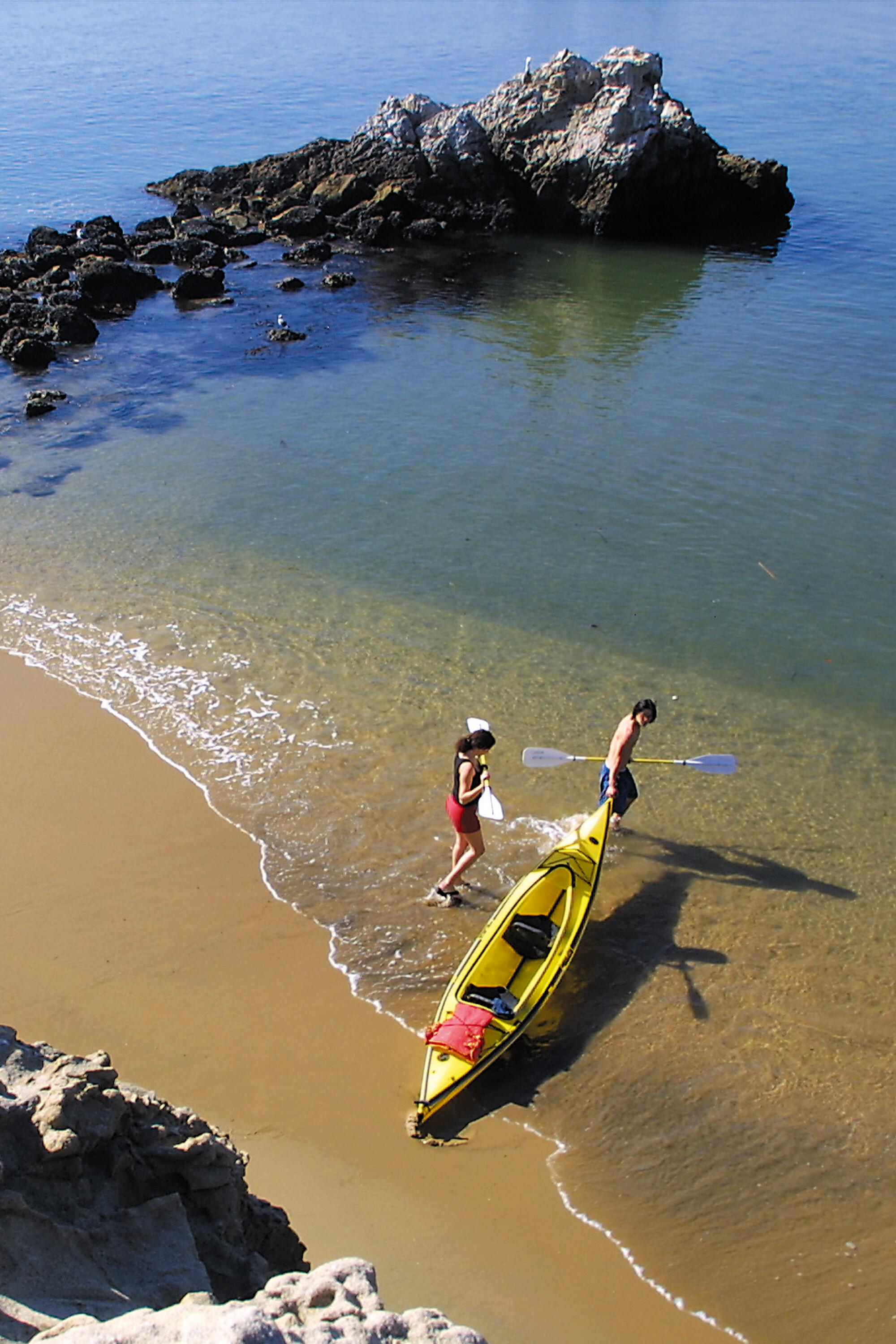
Kayakers launch their boat into the crystal waters of Pirate’s Cove Beach.
(Kent Treptow / Daily Pilot)
Elena Moore of Huntington Beach nominated this secluded beach that’s connected to Corona del Mar State Beach, which did make our top 50 list.
One must ascend a wall of smooth rocks to get to this spot of sand with views of pricy homes and boats making their way out to sea. Moore recalled spending countless days as a teen at Pirate’s Cove with her friends. One time she made a bet that she could swim across the channel’s choppy water. She was the only one who made it and won lunch at Ruby’s Diner and ice cream from Dairy Queen. She still visits Pirate’s Cove now and then. “Each time I do, I stand at the water’s edge, stare across the channel and smile from ear to ear [and] then suddenly get a craving for a Ruby burger and ice cream.”
Redondo Beach

Fishermen end their day as the sun sets on the Redondo Beach Pier on Dec. 4, 2023.
(Jay L. Clendenin / Los Angeles Times)
Carla McCue of Los Angeles described Redondo Beach as “scenic, clean.” She shouted out the playground, restaurants on the pier and nearby Veterans Park, where she and her husband attend Memorial Day services. It’s also a “great hangout for picnics,” she said.
To the south, Torrance Beach made our list with a mention of Redondo Beach, particularly for a special night scuba dive experience that happens here December through March: the squid run.
T-Street Beach

A Boogie boarder enters the water at T-Street Beach in San Clemente on May 23, 2017.
(Mark Boster / Los Angeles Times)
Chris Duncan of San Clemente gushed about his hometown beach, noting that it’s frequented by “some of the best surfers in the world.” He also emphasized that there’s a train station near the pier. Service to the train station resumed in March after stopping in January following a landslide; it was the fifth time in three years that erosion closed this stop.
This palm-tree lined beach is indeed a popular spot. Given all he shared, Duncan asked: “How could you omit it?” T-Street was considered if that counts for anything.
Westward Beach

Visitors brave the winds and hot sand as winds gust at Westward Beach in Malibu on April 29, 2014.
(Al Seib / Los Angeles Times)
This one, tucked off Pacific Coast Highway, is “less busy and quieter than most beaches,” said Kimberly Maxwell of Reseda, who loves the view of Santa Monica Bay, Santa Monica Mountains and Zuma Beach. “The Sunset restaurant is also a treat after a long walk,” she added.
Also known as Free Beach, Westward got a mention in our guide alongside Point Dume State Beach.
-

 Mississippi3 days ago
Mississippi3 days agoMSU, Mississippi Academy of Sciences host summer symposium, USDA’s Tucker honored with Presidential Award
-

 World1 week ago
World1 week agoTyphoon Gaemi barrels towards China’s Fujian after sinking ship off Taiwan
-

 News1 week ago
News1 week agoA coup, fake signatures and deepfakes are the latest conspiracy theories about 2024
-
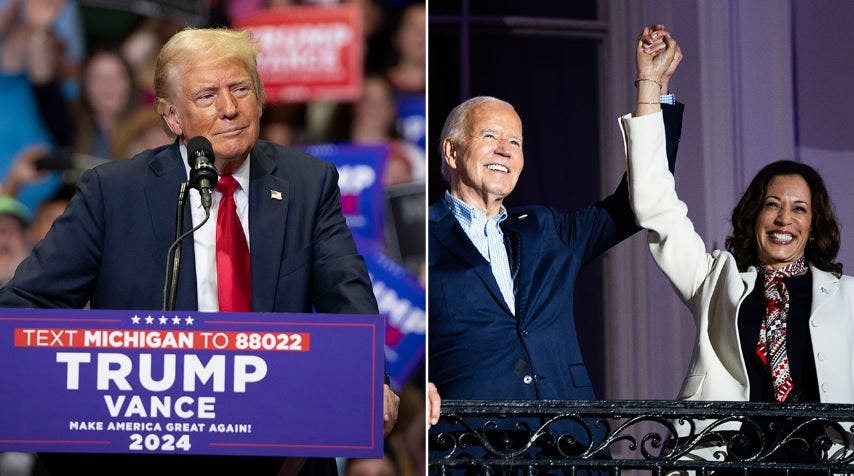
 Politics1 week ago
Politics1 week agoTrump team files FEC complaint over transfer of Biden's $91M to Harris campaign: 'Brazen money grab'
-

 Politics1 week ago
Politics1 week agoBiden will address nation from Oval Office on decision to exit 2024 race
-
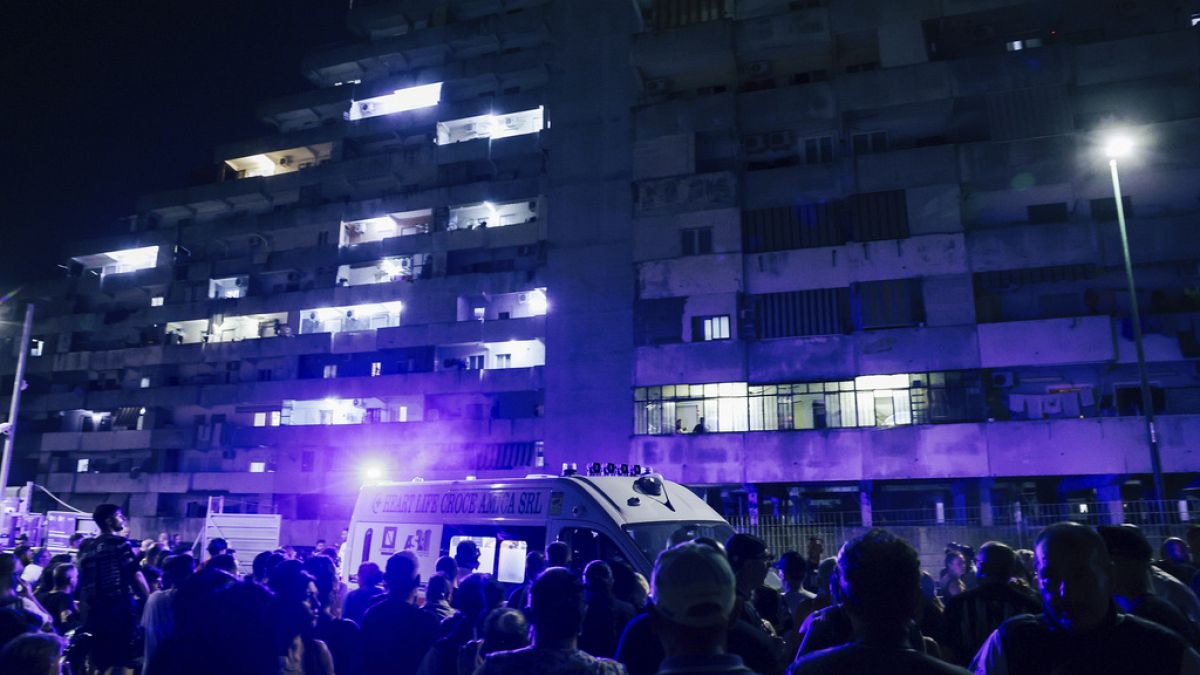
 World1 week ago
World1 week agoTwo dead and 13 injured as walkway collapses in Naples
-

 News1 week ago
News1 week agoVideo: Biden Says It’s Time to ‘Pass the Torch’ to a New Generation
-

 News1 week ago
News1 week agoVideo: Kamala Harris May Bring Out Trump’s Harshest Instincts
